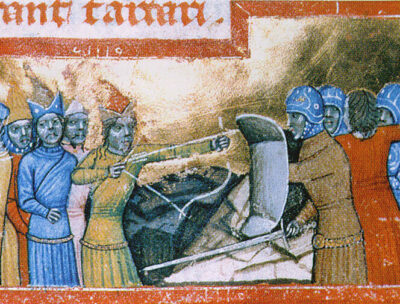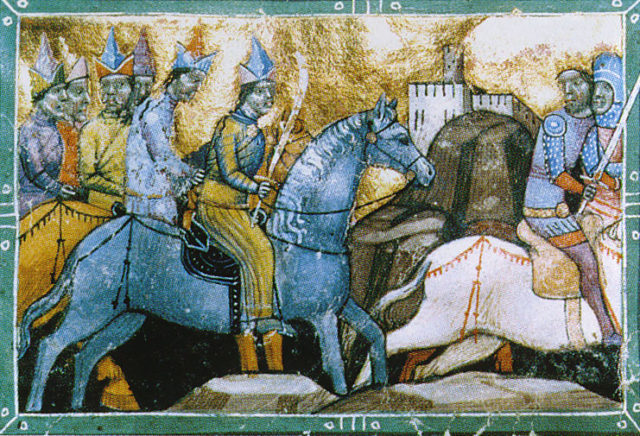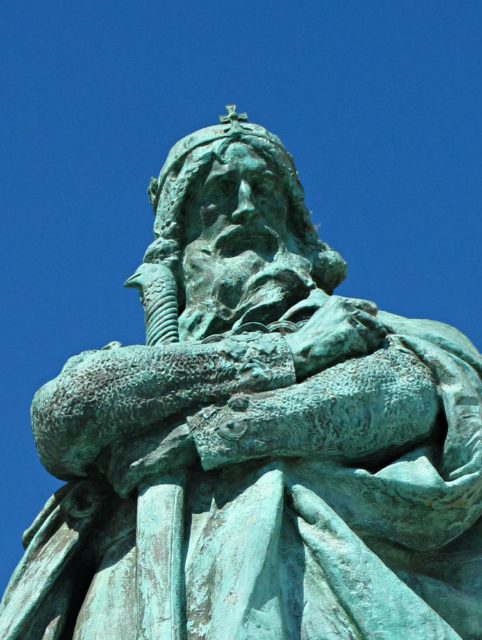Baby
With the wave of mass migration being constant after the end of the 4th century and the Western Roman Empire disintegrating, Aquincum was deserted by its residents and was ready for the taking. In the 5th century AD, the Huns and King Attila became the rulers of the area. After the death of Attila (453) and the dissolution of the Hunnic empire, the Avars, a Pontic-Caspian, nomadic war tribe which settled in Pannonia took their place from the late 6th until the early 9th century.
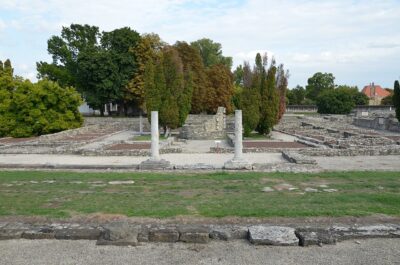
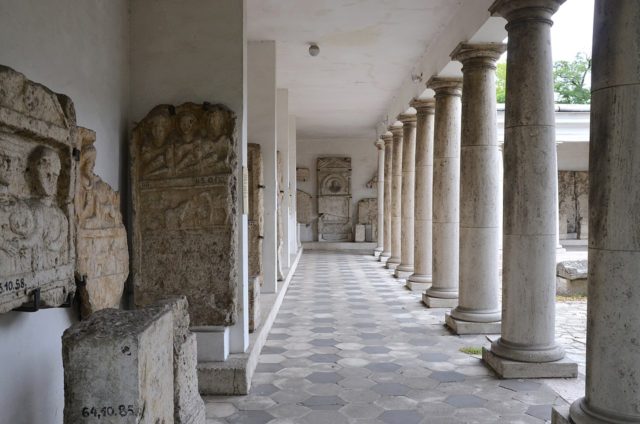
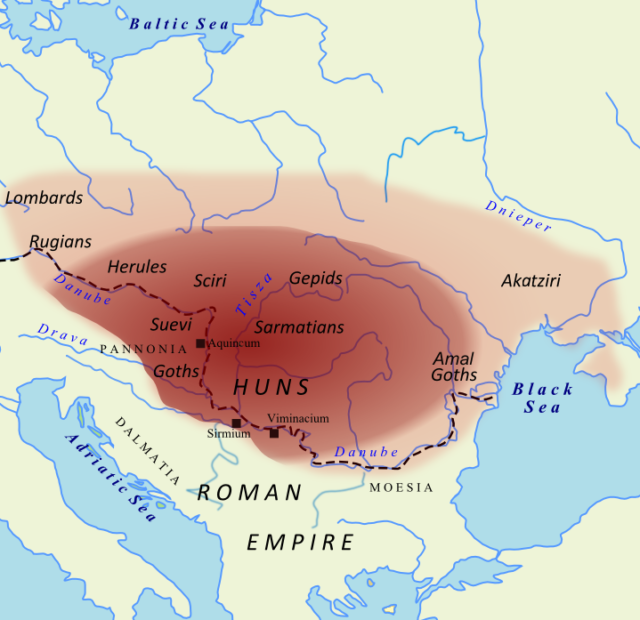
The Avars were succeeded by the Bulgarians, who gave their place to the Magyars, a group of tribes descended from the Ural Mountains, fleeing the Khazarian state. In 896 AD the Magyars led by Prince Arpad settled in the Carpathian Basin after conquering it from the Slavs.



After a series of winning battles and raids in the territories of the Western Roman Empire, the Magyars would stop their aggressive expansion to the west after a defeat in 955 by the first King of the Germans, Otto I. They accept Christianity and the Pope offers his official approval of their settlement in Europe. They crown their first King, King Stephen I (r. 1001–1038) with the consent of both Otto III, the Holy Roman Emperor (r. 996–1002), and Pope Sylvester II.
After the consolidation of his kingdom King Stephen I encouraged the establishment of Christian institutions with one of them being established on the hilly Obuda (where the Roman Aquincum stood before). At the same time, merchants from Central and Western Europe started to inhabit the eastern, mostly flat part of modern Budapest known as Pest.
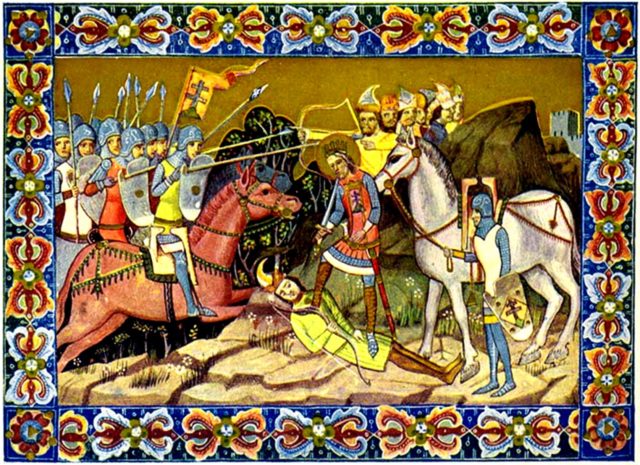
![]()

King Stephen was canonized by Pope Gregory VII soon after his death (1083) and is venerated on 20 August in Hungary. The invasion of the Mongols in 1241-2 destroyed the towns on both sides of the Danube. The need for a strong defense, led to the construction of the first Castle of Buda by King Bela IV (r. 1206 – 1270) who moved the people who lives in Pest on the other side of the Danube where they would have the protection of his castle and the advantage of the terrain in the case of another attack.
